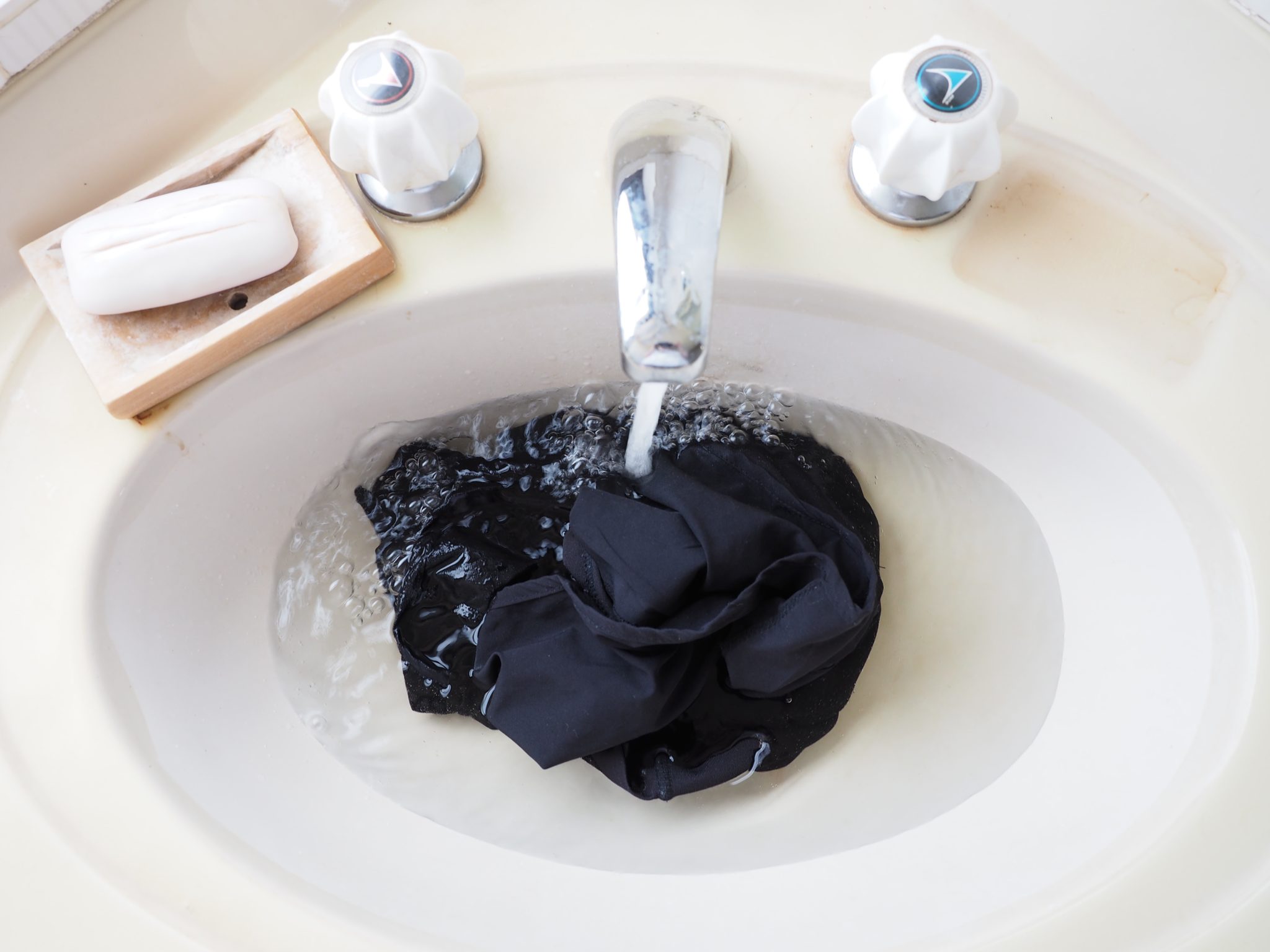

Articles
How To Wash Clothes In A Sink
Modified: September 1, 2024
Learn the proper way to wash clothes in a sink with this informative article. Discover tips and tricks for efficient hand washing.
(Many of the links in this article redirect to a specific reviewed product. Your purchase of these products through affiliate links helps to generate commission for Storables.com, at no extra cost. Learn more)
Introduction
Washing clothes is a chore that most of us tackle on a regular basis. Whether you have a full washing machine at your disposal or not, there are times when you may find yourself needing to wash clothes in a sink. This could be due to various reasons, such as traveling, living in a small apartment without a washing machine, or simply wanting to save money on laundry expenses.
Washing clothes in a sink is not as difficult as it may seem, and with the right techniques and supplies, you can achieve clean and fresh clothes without the need for a washing machine. In this article, we will guide you through the process of washing clothes in a sink, from the supplies needed to the final step of drying your garments.
Before we begin, it is important to note that different fabrics and clothing items may require specific care. Always check the care labels on your clothes for any specific instructions or restrictions on washing. With that said, let’s jump into the steps involved in washing clothes in a sink!
Key Takeaways:
- Washing clothes in a sink is a practical and cost-effective solution, providing clean and fresh results without the need for a washing machine. It’s a convenient alternative for specific garment care requirements and can be easily done with the right techniques and supplies.
- By following the steps outlined in this guide, you can effectively wash your clothes in a sink, ensuring that your garments are clean, fresh, and well-maintained. It’s a versatile method suitable for various situations, from traveling to living in a small apartment without a washing machine.
Read more: How To Connect A Washing Machine To A Sink
Supplies Needed
Before you start washing clothes in a sink, gather the following supplies:
- Detergent: Choose a gentle laundry detergent that is suitable for hand-washing. Look for a detergent specifically labeled as “delicate” or “hand-wash.”
- Sink or Basin: Use a clean sink or a basin that is large enough to comfortably accommodate your clothes.
- Water: You will need enough water to fully submerge your clothes.
- Stain Remover: Have a stain remover on hand to treat any stubborn stains before washing.
- Gentle Brush: A soft-bristle brush or a clean sponge can help with gentle agitation and stain removal.
- Towels or Drying Rack: Prepare towels or a drying rack for drying the clothes after washing.
Having these supplies ready will ensure a smooth and efficient washing process. Remember to always check the care labels on your clothes for any specific instructions or restrictions on washing.
Preparing the Sink
Before you start washing your clothes in the sink, it’s important to ensure that the sink is clean and free from any residue or debris. Follow these steps to prepare the sink:
- Clean the Sink: Remove any items from the sink and give it a thorough clean. Use a mild dish soap and a sponge or cloth to wash away any dirt or grime. Rinse the sink well with water.
- Plug the Drain: Close the sink drain or use a sink stopper to prevent the water from draining out while you’re washing your clothes.
- Check the Water Temperature: Turn on the faucet and adjust the water temperature to lukewarm or the recommended temperature for the fabric you’re washing. Avoid using hot water, as it may shrink or damage certain types of clothing.
Ensuring that your sink is clean and properly prepared will provide a hygienic and suitable environment for washing your clothes. Take these steps before moving on to sorting and treating your garments.
Sorting the Clothes
Sorting your clothes before washing them is essential to ensure that each garment receives the appropriate treatment and care. Follow these steps to sort your clothes:
- Separate by Color: Divide your clothes into different piles based on color. Keep dark-colored clothes together, separate light-colored clothes, and set aside any whites that need to be washed separately to prevent color bleeding.
- Separate by Fabric Type: Sort your clothes into piles based on the type of fabric. Group delicate, synthetic, and sturdy fabrics separately to prevent damage and ensure proper washing.
- Check for Stains: Inspect each garment for stains or spots. Set aside any items that require pre-treatment before washing.
- Empty Pockets: Take the time to empty the pockets of all your clothes to avoid any surprises when washing.
Sorting your clothes allows you to customize the washing process for each type of fabric and prevents any potential issues such as color transfer or damage. Once your clothes are sorted, you can move on to pre-treating any stains before washing.
Pre-Treating Stains
Pre-treating stains before washing can help to ensure that they are effectively removed during the washing process. Here’s how you can pre-treat stains on your clothes:
- Identify the Stains: Examine each garment for stains and determine the type of stain you’re dealing with, such as food, oil, ink, or grass.
- Act Quickly: The sooner you treat a stain, the better chance you have of removing it successfully. Try to treat the stain as soon as you notice it.
- Choose a Stain Remover: Select an appropriate stain remover based on the type of stain you’re dealing with. There are several options available, such as liquid detergents, stain sticks, sprays, or homemade remedies like vinegar or baking soda paste.
- Apply the Stain Remover: Follow the instructions on the product you’re using and apply the stain remover directly to the affected area. Gently rub or blot the stain remover into the fabric, being careful not to spread the stain.
- Let it Sit: Allow the stain remover to penetrate the fabric and break down the stain by letting it sit for a few minutes, but avoid letting it dry on the garment.
- Rinse or Dab: Rinse the stained area with cold water or use a clean cloth to dab away the stain remover. Repeat the process if necessary until the stain is no longer visible.
Pre-treating stains will increase the chances of successful stain removal during the washing process. Once you have treated any stains, you can move on to filling the sink with water and adding detergent.
Read more: How To Soak Clothes In An LG Washing Machine
Filling the Sink with Water
Once you have pre-treated any stains on your clothes, you can begin the process of filling the sink with water. Follow these steps to ensure the water is at the right temperature and level:
- Check the Water Temperature: Fill the sink with lukewarm water, or adjust the temperature according to the care label instructions for your clothes. Avoid using hot water, as it may cause shrinkage or damage to certain fabrics.
- Fill the Sink: Start filling the sink with water, taking care not to overfill it. You want enough water to fully submerge your clothes but not so much that it spills over the edges of the sink.
- Agitate the Water: Use your hand or a gentle stirring motion to agitate the water in the sink. This will help distribute the detergent evenly and create a mild washing solution.
Ensure that the water in the sink is at an appropriate temperature for your clothes and that it is filled to a suitable level. This will provide the optimal environment for washing your garments effectively. Now, it’s time to add the detergent to the water.
When washing clothes in a sink, use a small amount of gentle detergent, agitate the clothes with your hands, and rinse thoroughly with clean water. Avoid wringing the clothes to prevent damage.
Adding Detergent
Adding detergent to the water is a crucial step in washing your clothes in the sink. The right amount of detergent will help to effectively clean your garments without leaving any residue behind. Here’s how to add detergent to the water:
- Read the Instructions: Check the detergent label for the recommended dosage based on the amount of clothes you’re washing and the water hardness.
- Measure the Detergent: Use a measuring cup or follow the dosage instructions to add the appropriate amount of detergent to the water. Be careful not to use more than necessary, as excessive detergent can lead to soap residue on your clothes.
- Dissolve the Detergent: Stir the water gently to dissolve the detergent completely. This allows for an even distribution of the detergent and ensures that it reaches all the clothes in the sink.
Adding the right amount of detergent will help to remove dirt, stains, and odors from your clothes. Make sure to follow the instructions on the detergent packaging for optimal results. With the detergent added, you’re ready to start washing your clothes in the sink!
Washing the Clothes
Now that you have prepared the sink, sorted the clothes, pre-treated any stains, filled the sink with water, and added detergent, it’s time to start washing your clothes. Follow these steps for effective washing:
- Submerge the Clothes: Take one garment at a time and gently submerge it into the water, ensuring that it is fully immersed. Avoid overcrowding the sink, as this can hinder proper washing.
- Agitate the Clothes: Use your hands to agitate the clothes in the water. Gently swish them around, squeeze and release, and rub the fabric together to remove dirt and stains. Be careful not to be too rough, as this can cause damage to delicate fabrics.
- Pay Attention to Specific Areas: Give extra attention to areas prone to stains or dirt, such as collars, cuffs, and underarms. Use your fingers or a soft brush to gently scrub these areas if necessary.
- Let the Clothes Soak: Allow the clothes to soak in the soapy water for about 10 to 15 minutes. This allows the detergent to penetrate the fabric and loosen any stubborn dirt or stains.
While washing, keep in mind that different fabrics require different levels of agitation. Delicate fabrics should be treated with extra care, while sturdier fabrics can tolerate a slightly more vigorous washing. Once you’ve finished washing the clothes, it’s time to move on to the rinsing process.
Rinsing and Wrinkles
Rinsing your clothes after washing removes any residual detergent and ensures that they are clean and free from soap residue. Here’s how to properly rinse your clothes in the sink:
- Drain the Soapy Water: Once you have finished washing all your clothes, unplug the sink or remove the stopper to let the soapy water drain out.
- Rinse with Fresh Water: Run fresh lukewarm water into the sink and submerge each garment, one by one, in the clean water. Gently swish the clothes around to rinse out the detergent, ensuring that all areas are thoroughly rinsed.
- Repeat if Necessary: If you notice any residual soapiness or foam, it’s a sign that you need to rinse the clothes again with fresh water until the water runs clear.
- Remove Excess Water: Squeeze out the water from each garment gently, being careful not to wring or twist the fabric too hard. You can also press the clothes against the sides of the sink to remove excess water.
- Address Wrinkles: If your clothes are wrinkled after washing, now is a good time to address them. Smooth out any major wrinkles by gently pulling and straightening the fabric or using your hands to smooth them out. For stubborn wrinkles, you can lightly mist the fabric with water and hang the clothes to air dry, helping the wrinkles to relax.
Rinsing your clothes thoroughly will ensure that all traces of detergent are removed, leaving your clothes clean and fresh. Once you have rinsed the clothes, it’s time to move on to the drying process.
Drying the Clothes
After washing and rinsing your clothes, it’s time to dry them. Follow these steps to ensure that your clothes dry properly:
- Remove Excess Water: Gently squeeze out any remaining water from the clothes. Avoid wringing or twisting the fabric, as this can lead to stretching or damage.
- Choose the Drying Method: Depending on the garment and your available space, you can choose between air drying or using a towel or drying rack.
- Air Drying: Hang your clothes on a clothesline or a drying rack. Arrange them in a way that allows air to circulate around each garment for faster drying. Make sure to hang delicate fabrics flat to prevent stretching.
- Towel Drying: Lay a clean, absorbent towel flat on a surface and place the wet clothes on top. Roll up the towel, gently pressing to absorb excess moisture. Repeat this process with additional towels if needed.
- Avoid Direct Sunlight: While air drying, it’s best to avoid direct sunlight, as it can fade colors or cause garments to become stiff.
- Reshape if Necessary: If any items have lost their shape during washing, gently reshape them while damp to help them retain their original form.
Remember to check the care labels of your clothes to ensure that they are suitable for air drying. Some delicate fabrics may require flat drying or specific instructions. Once your clothes are dry, give them a final inspection to ensure they are ready to be stored or worn.
Washing clothes in a sink can be a practical solution when a washing machine is not available or for specific garment care requirements. By following these steps, you can effectively wash your clothes in a sink and achieve clean, fresh results. Happy washing!
Wrapping Up
Washing clothes in a sink can be a convenient and cost-effective alternative when a washing machine is not accessible. By following the steps outlined in this guide, you can ensure that your clothes are clean and fresh without the need for specialized equipment.
Remember to always check the care labels on your clothes for specific washing instructions and to treat any stains before washing. Sorting your clothes by color and fabric type will help maintain their quality and prevent any color bleeding or damage.
Pre-treating stains, filling the sink with water, adding the right amount of detergent, and washing the clothes with care will ensure effective cleaning. Rinsing the clothes thoroughly and addressing any wrinkles will leave your garments ready for drying.
When it comes to drying, choose the appropriate method based on the fabric and available space. Whether air drying or using a towel, be sure to reshape garments if needed and avoid direct sunlight to preserve their color and shape.
By following these steps, you can successfully wash your clothes in a sink and maintain their cleanliness and longevity. So, the next time you’re in a situation where a washing machine isn’t available, give this method a try to keep your clothes looking their best!
Frequently Asked Questions about How To Wash Clothes In A Sink
Was this page helpful?
At Storables.com, we guarantee accurate and reliable information. Our content, validated by Expert Board Contributors, is crafted following stringent Editorial Policies. We're committed to providing you with well-researched, expert-backed insights for all your informational needs.
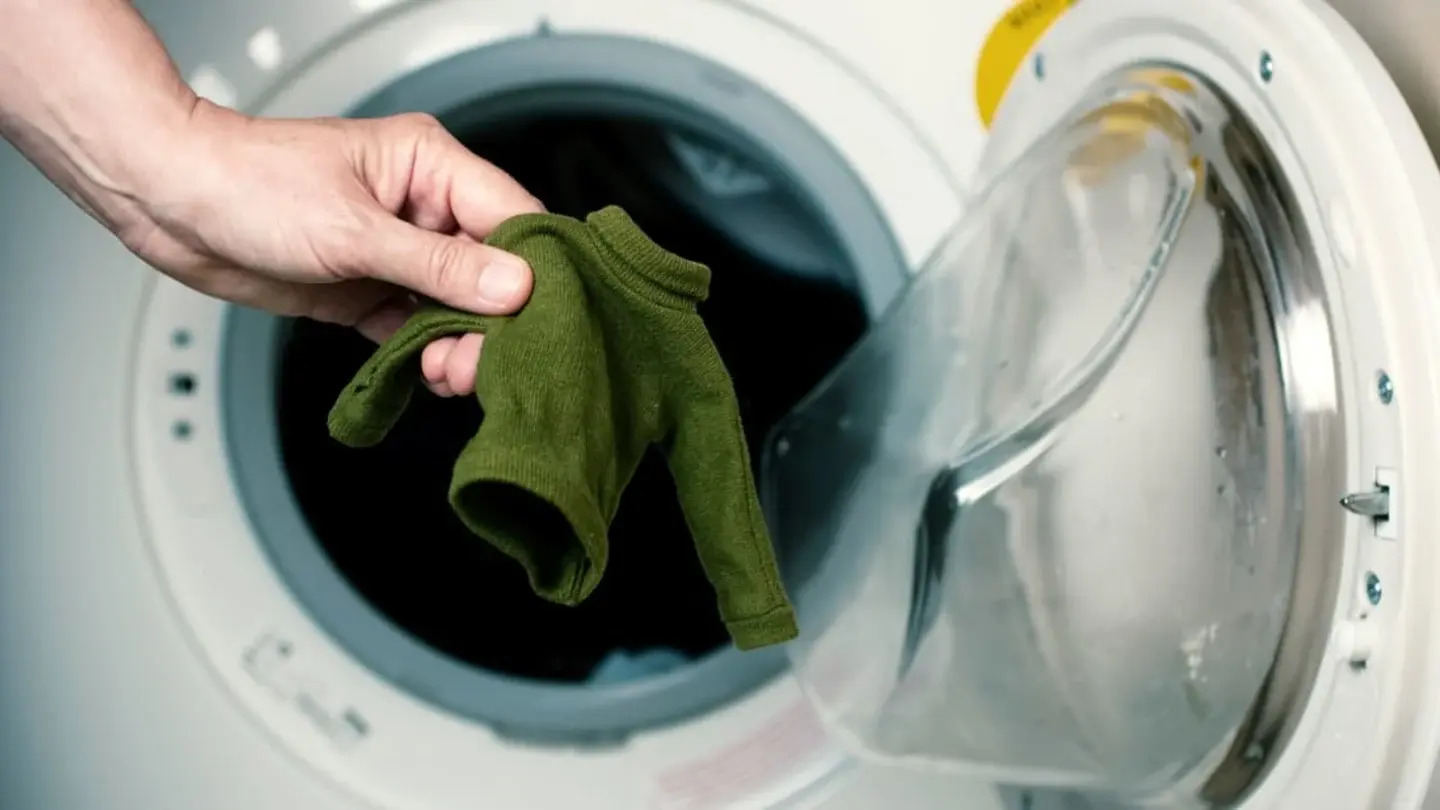

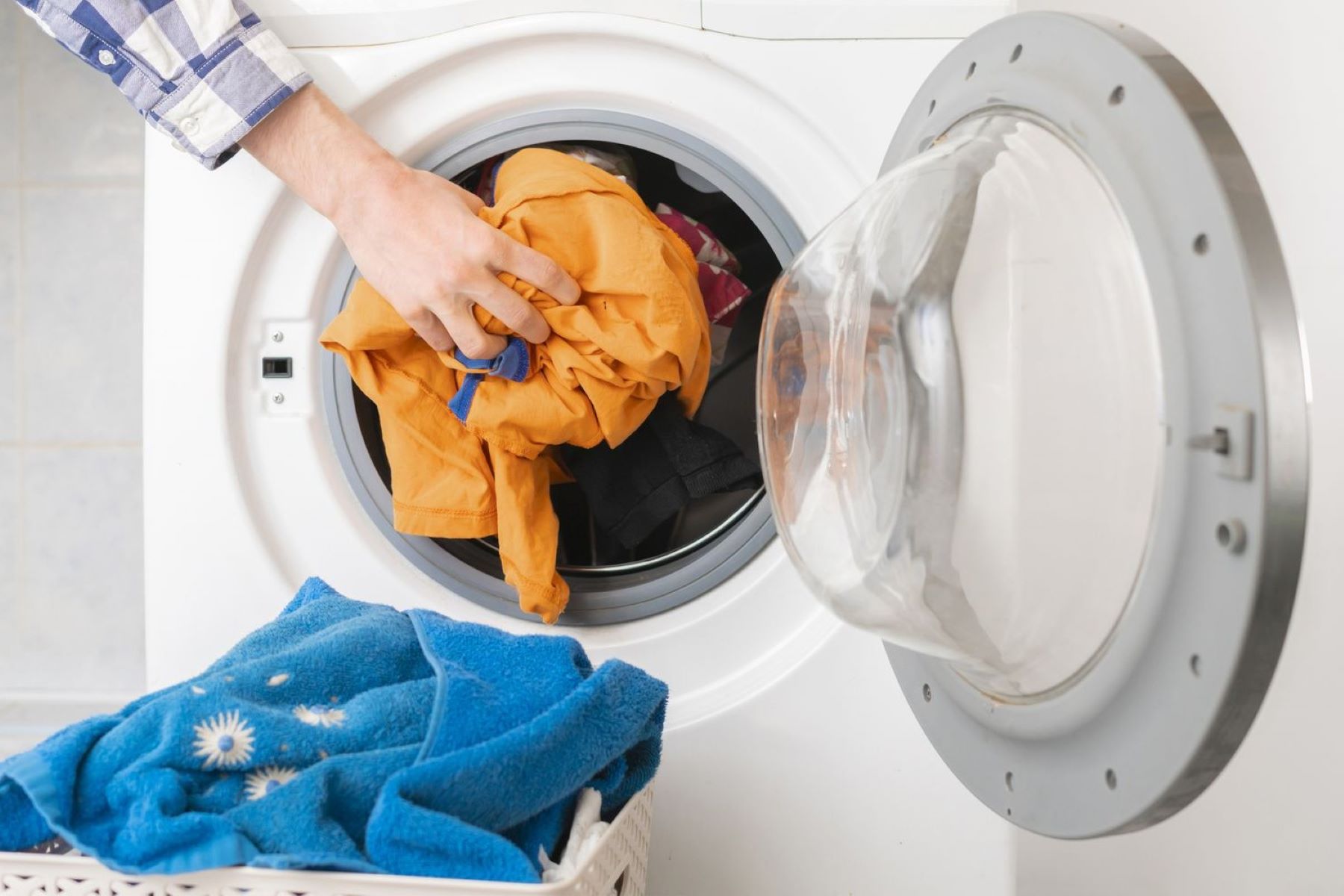
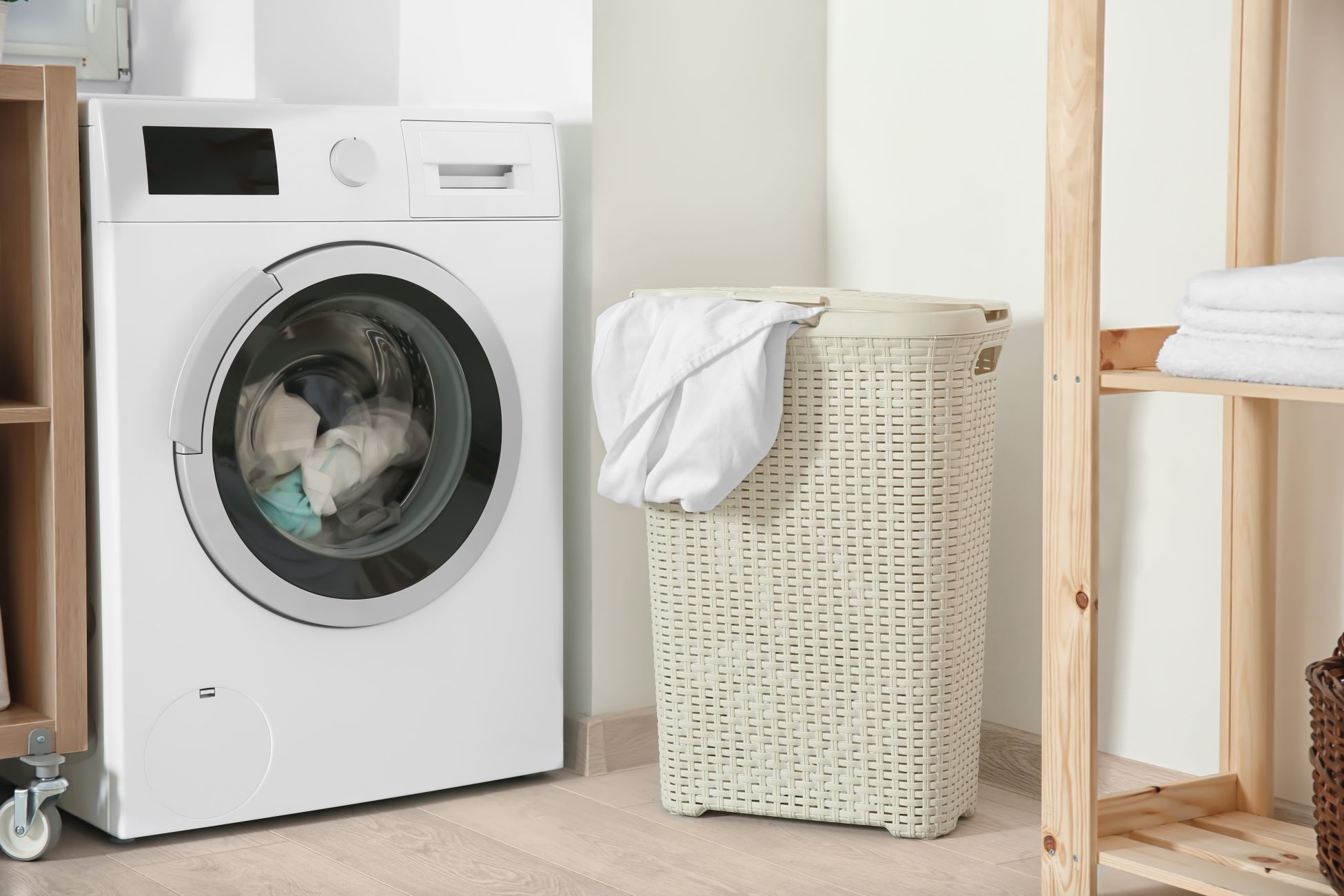
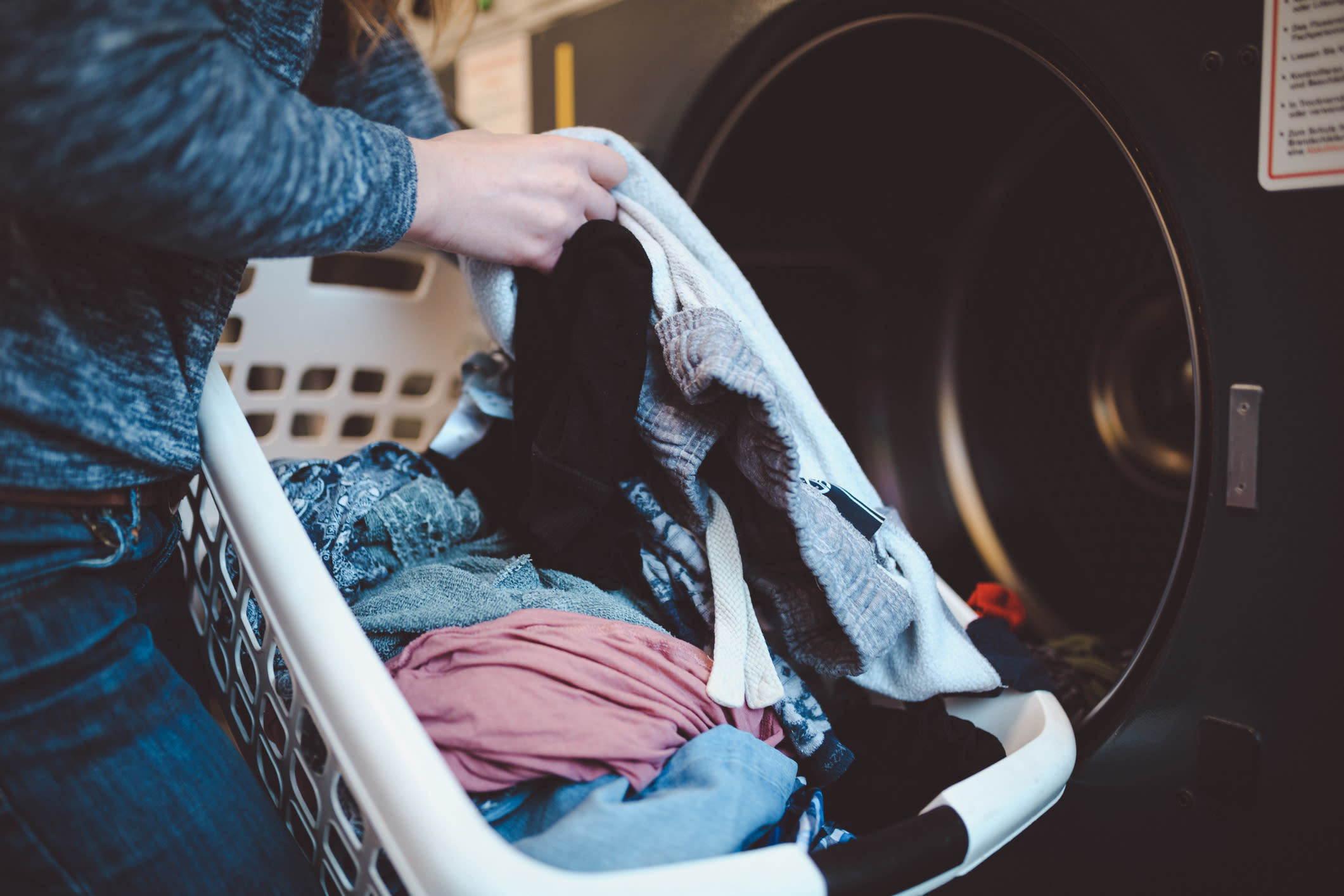
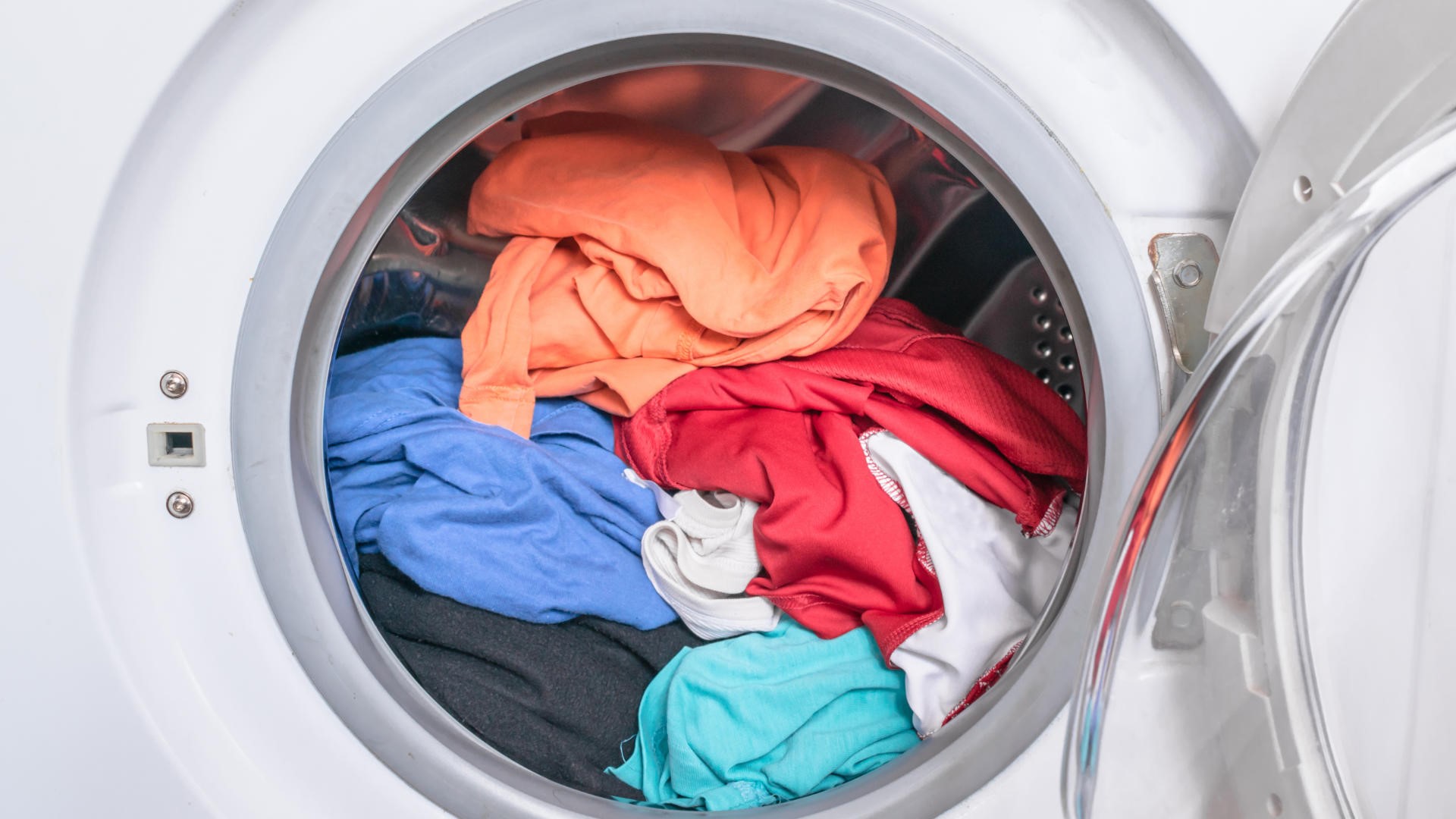
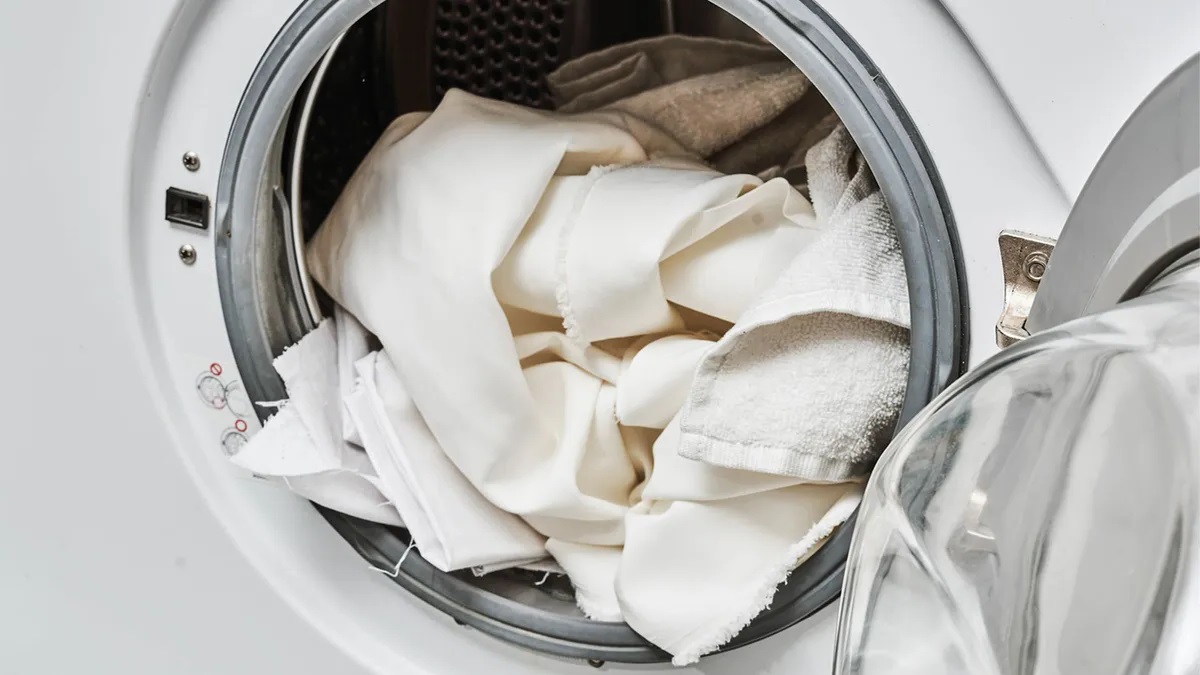
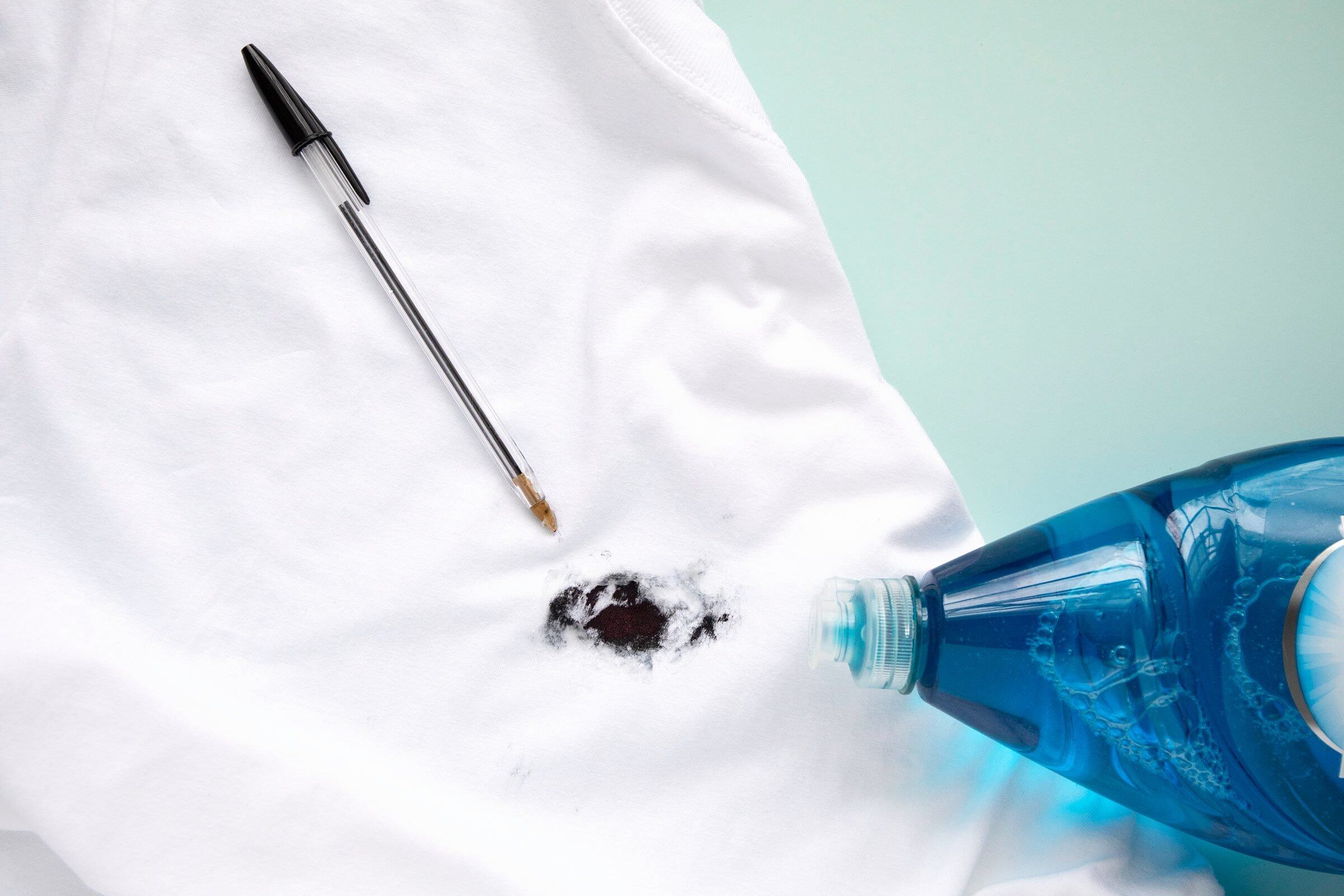
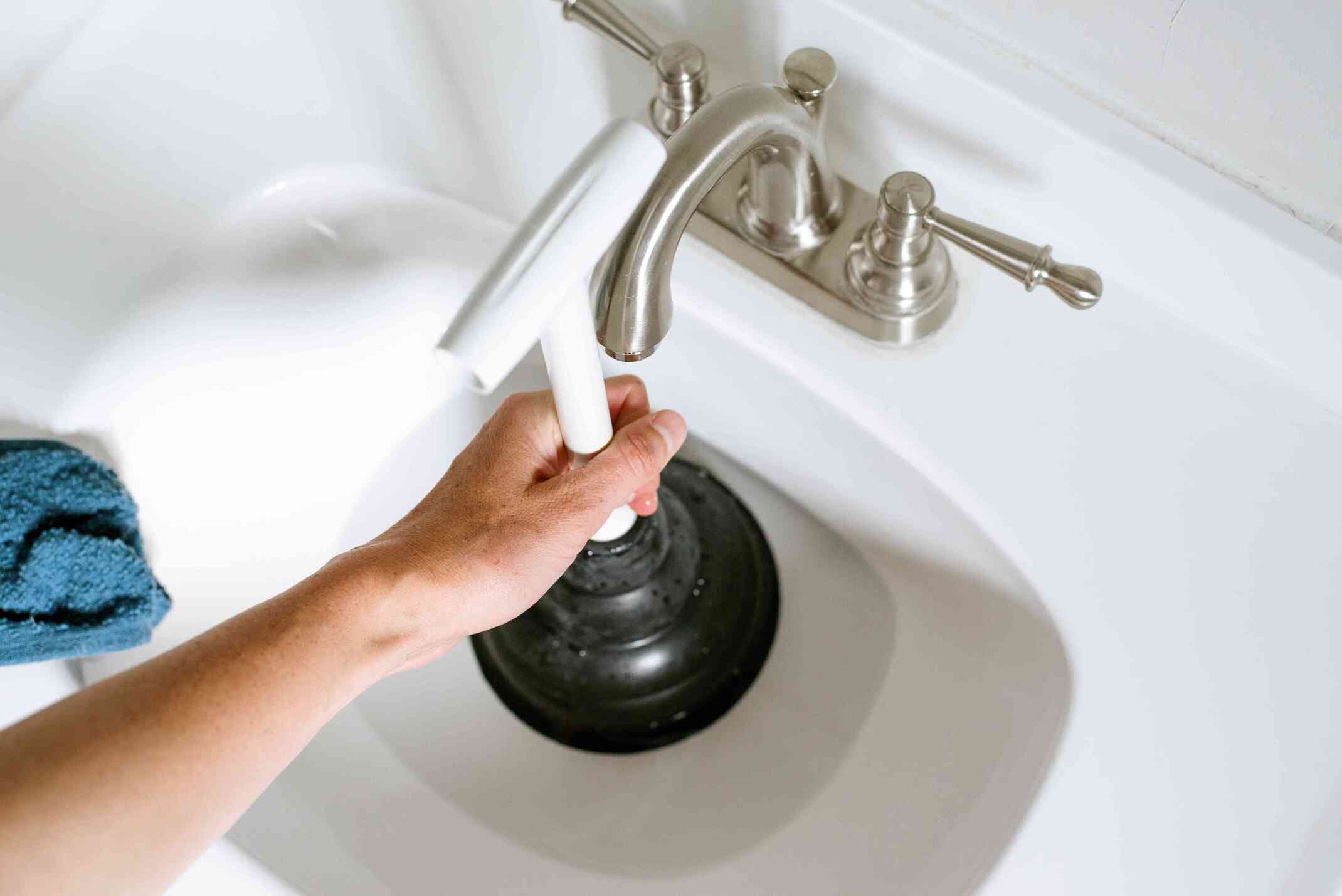


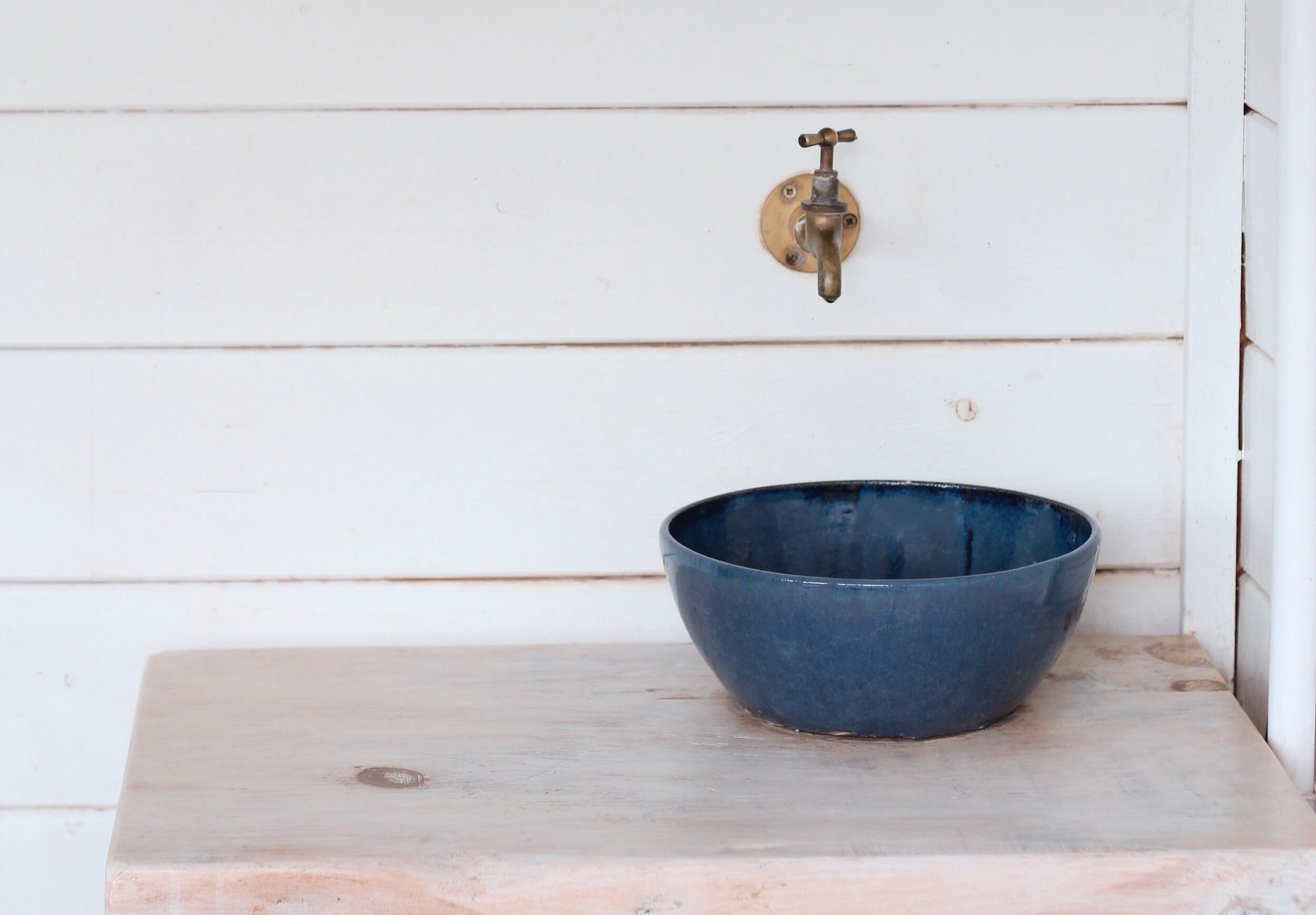
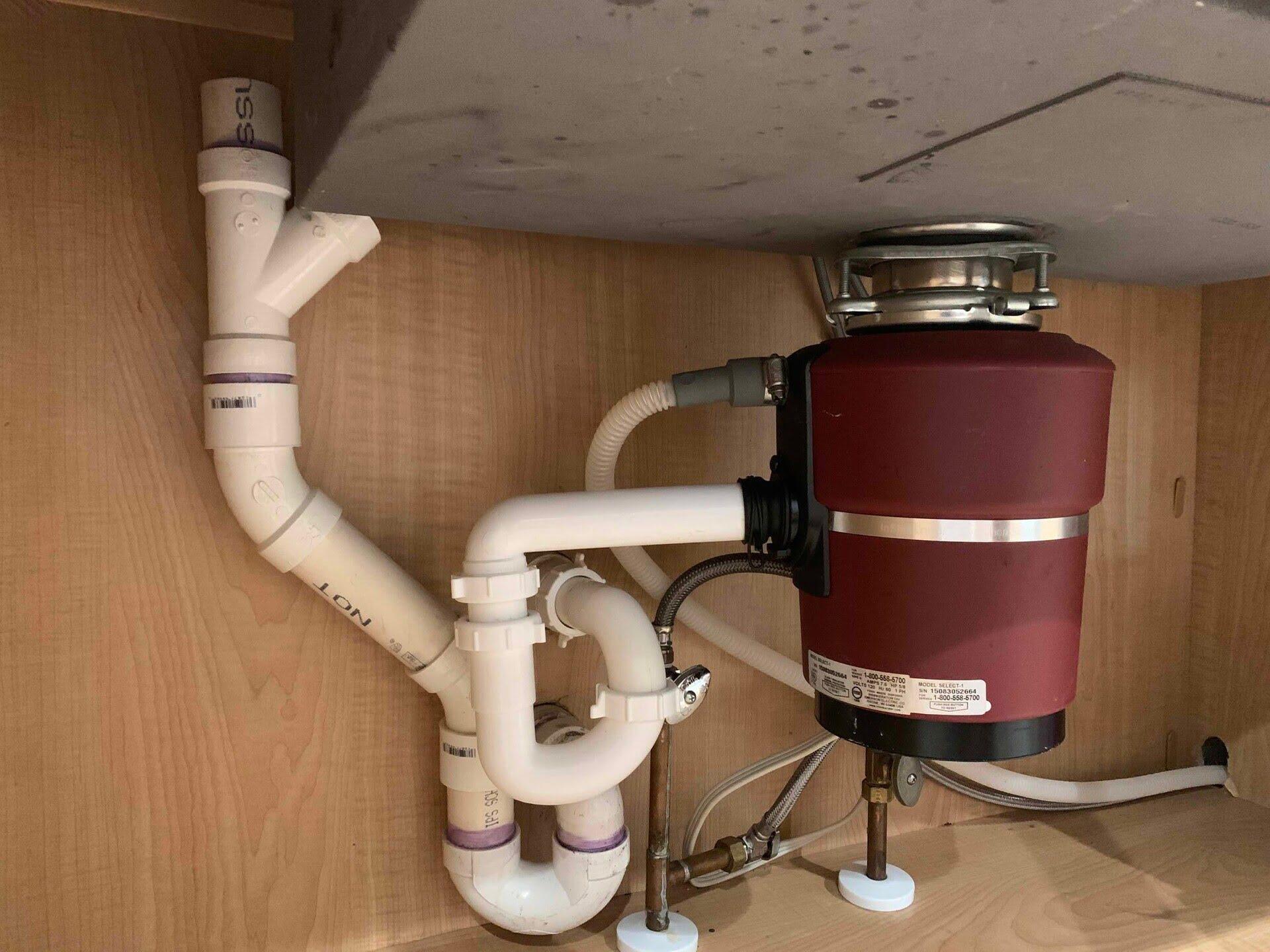

0 thoughts on “How To Wash Clothes In A Sink”